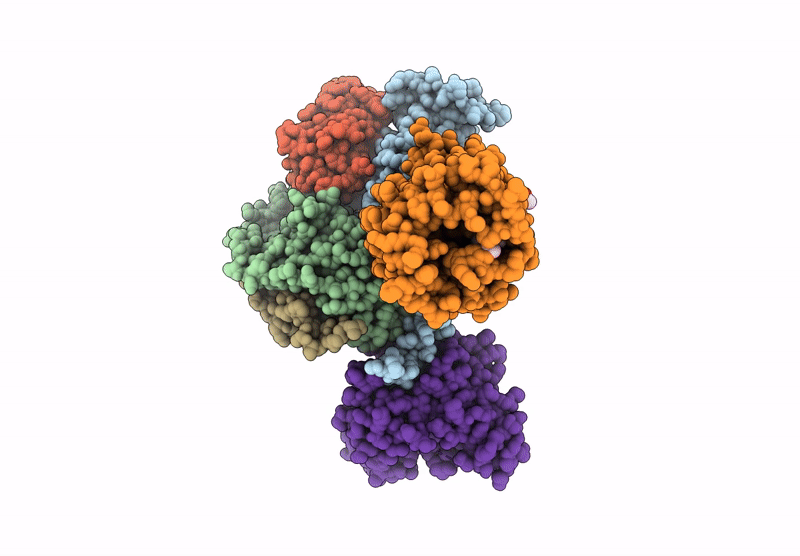
Deposition Date
2024-09-09
Release Date
2025-04-23
Last Version Date
2025-05-21
Entry Detail
Biological Source:
Source Organism:
Homo sapiens (Taxon ID: 9606)
Mus musculus (Taxon ID: 10090)
Lama glama (Taxon ID: 9844)
Mus musculus (Taxon ID: 10090)
Lama glama (Taxon ID: 9844)
Host Organism:
Method Details:
Experimental Method:
Resolution:
2.76 Å
Aggregation State:
PARTICLE
Reconstruction Method:
SINGLE PARTICLE


